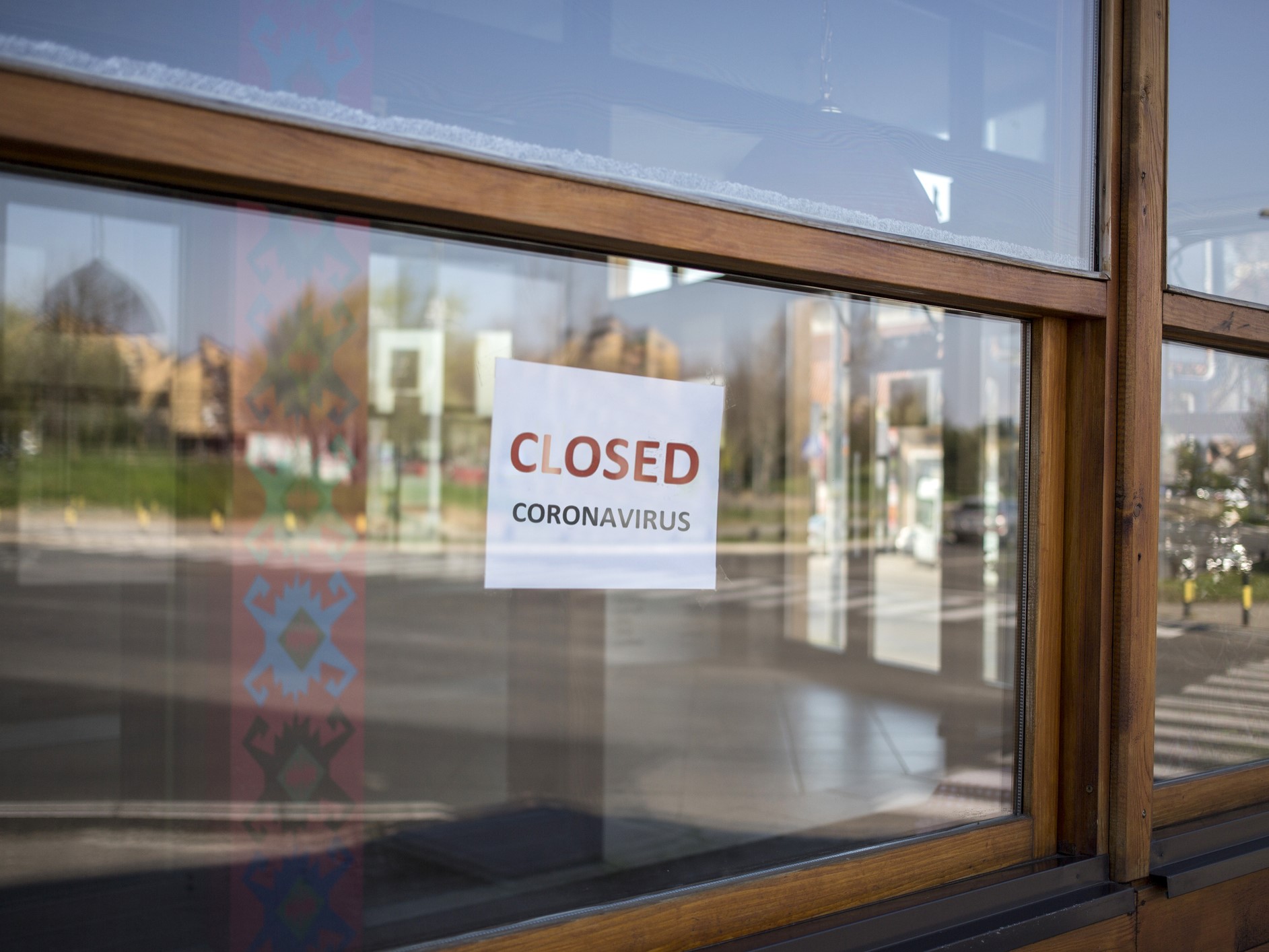Risk Insider: Kate Browne
What’s 5G and Why Does it Matter?
Every decade or so, the wireless industry rolls out the next generation of wireless data transfer technology. The goal is always to transmit more data at faster speeds, and the industry has yet to disappoint. Today our cellphones use 3G and 4G networks that can send and receive several hundred megabits of data per second.
However, in less than five years we will have access to a 5G network which is likely to be 100 times faster than the average 4G transmission. This increased speed will reduce “latency,” the delay between when a signal is sent and when it’s received, to 1 millisecond. As a result, 5G is a paradigm shift similar to the transition from the typewriter to the laptop.
5G is a set of invisible radio waves that transmit information between devices. The 5G mobile-network initiative is an international, industry-wide project to define the next generation of mobile networks.
However, in less than five years we will have access to a 5G network which is likely to be 100 times faster than the average 4G transmission.
The project is supported by telecom operators, equipment providers and governments. Its mission is to support converged communications and computing across public networks and devices to make information and computing power instantly available.
The 5G network is being designed to support an “everything’s connected” era. It will support an entire ecosystem of fully connected intelligent sensors and devices that will accelerate innovation, support growth and sustainability. Through this the world will gain seamless continuous connectivity and a new wave of applications, services and functions built to run on the new infrastructure.
For example, smart cities and autonomous vehicles will use a 5G network to communicate with each other. With a 5G connection, vehicle to vehicle connections will provide real time feeds about traffic conditions. Your car will take the best route based on traffic data communicated from other cars and smart sensors built into roadways, bridges and traffic signals.
5G will also support the use and control of drones, and will help industrial automation by enabling the control of production line robotics.
5G will also support the use and control of drones, and will help industrial automation by enabling the control of production line robotics.
In healthcare, 5G will enable always-on, secure device connectivity for patients and caregivers. Experts believe this will reduce costs and improve outcomes by supporting the transition to personalized, proactive and predictive care. 5G networks could someday make wireless healthcare and remote surgical procedures a reality.
Early 5G networks are being rolled out in some American cities, and Qualcomm has already developed the first 5G modem. The European Union’s goal is to complete 5G coverage by 2025, and the organizers of the 2020 Tokyo Olympics have promised to present the first showcase of the full range of what 5G networks can offer.
5G systems offer the possibility of providing simultaneous, reliable connections to a large numbers of wireless devices. This will support a significant increase in the number of connected devices generating large amounts of data which hopefully will allow businesses to create new products and services. &










